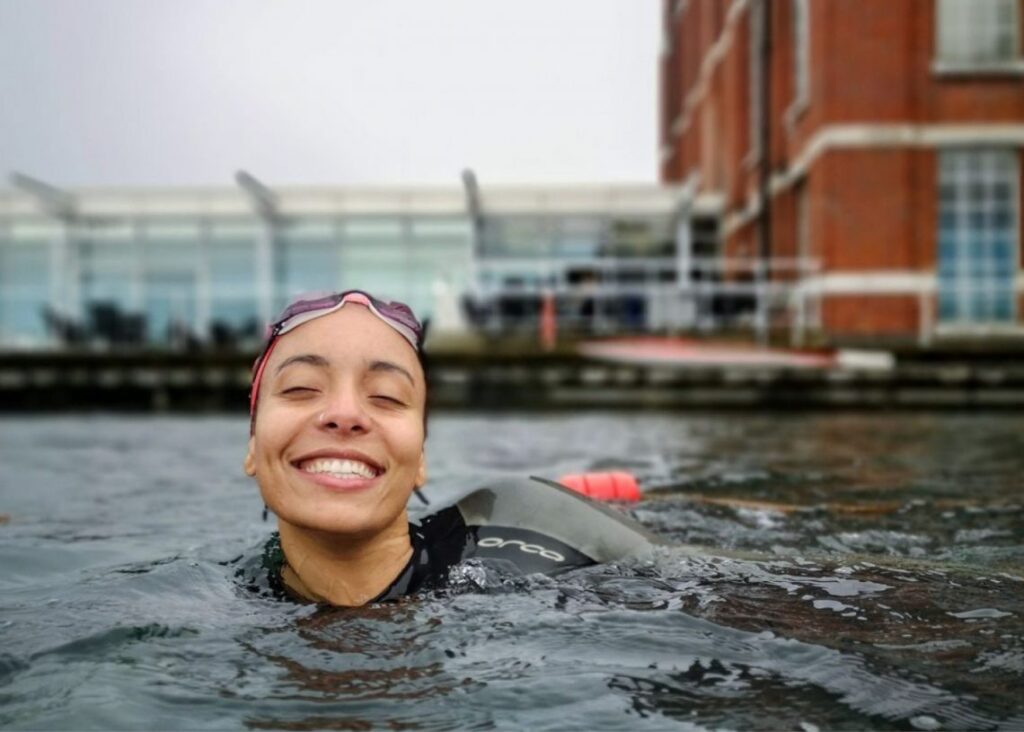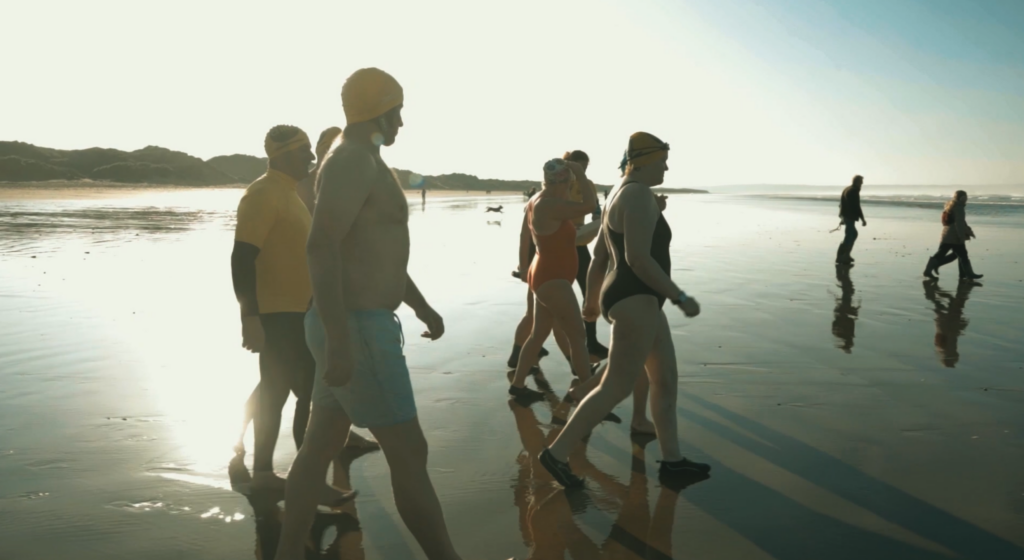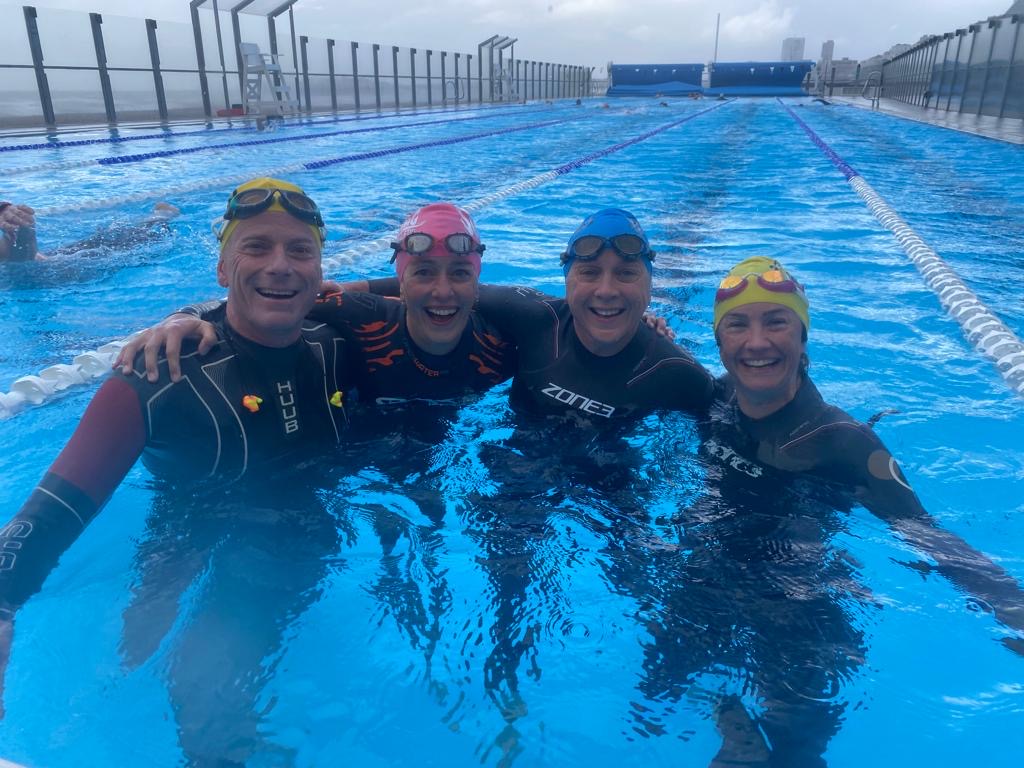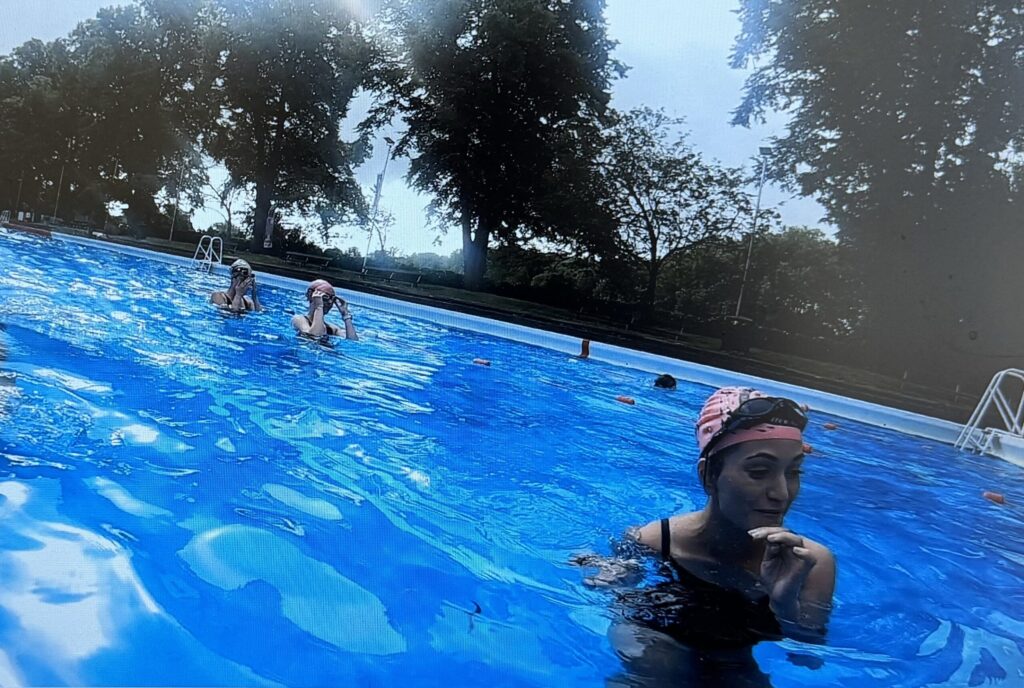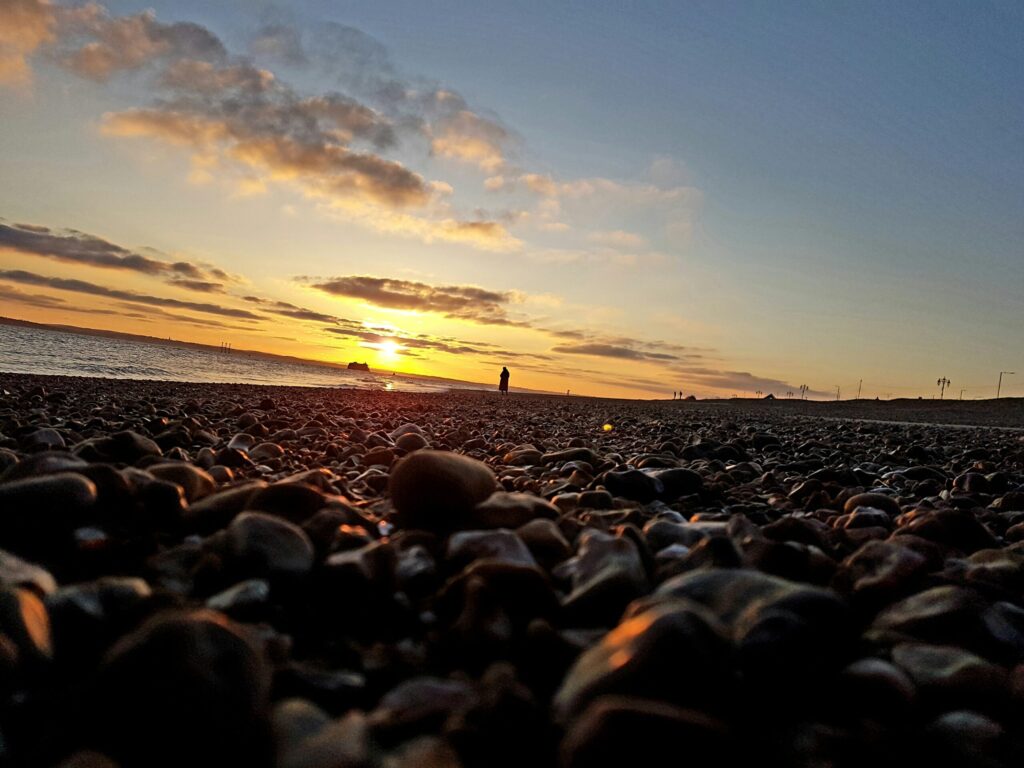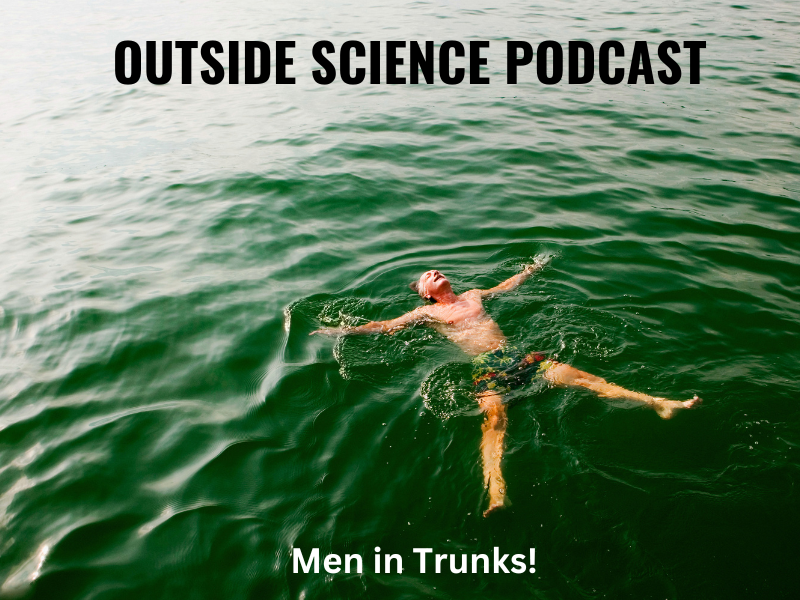After a successful recruitment period in 2024 and 2025, we have now finished recruitment. Thank you all for your interest in the OUTSIDE2 study, we are incredibly appreciative of your support. If you have any questions or enquiries, please submit these via our 'contact us' page. We will also be adding a study results page in the future, so please keep an eye out for this!
Recruitment Update: Following a successful 2024 recruitment period, recruitment has now temporarily closed and will be re-opening in 2025. We are incredibly grateful for everyone's interest and participation in the study so far. If you would like to be contacted about recruitment in the new year, please let us know via our Contact Us Page.



